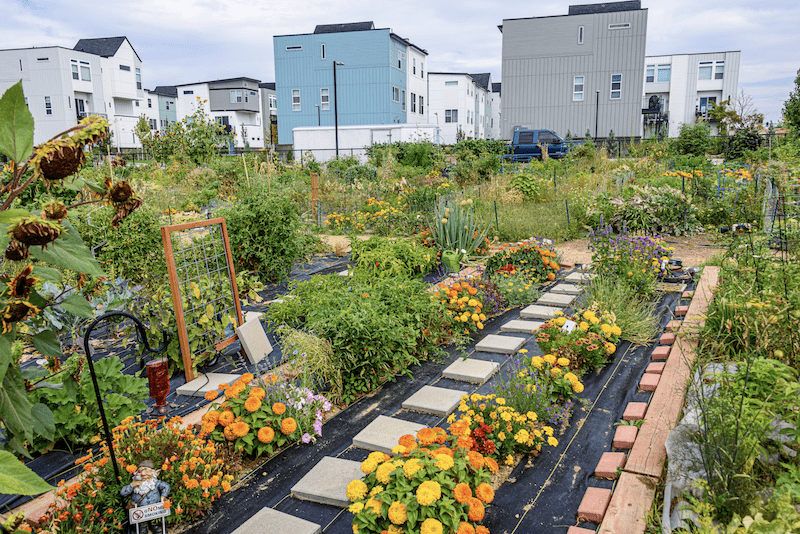Starting a Community Garden: A Step-by-Step Guide
Initiating a community garden can prove to be a gratifying endeavor, presenting an opportunity to cultivate fresh fruits, vegetables, flowers, and other plant species while promoting communal engagement and camaraderie. Here is a comprehensive, sequential guide to aid you in launching your own community garden.
Identify Your Purpose
Identify the reason for starting a community garden. Are you interested in growing food for a local food bank, beautifying a neighborhood, offering education opportunities, or just providing a space for people to garden? Your purpose will guide all your decisions moving forward.
Form a Planning Committee
Get a group of interested people together to share the work. The role of the planning committee involves orchestrating various facets of the project, which include acquiring a suitable location, conceptualizing the layout, spearheading fund-raising activities, and more.
Secure a Site
Find a suitable piece of land for your garden. Consider the availability of water, sunlight, and the soil condition. It's crucial to check with local zoning laws and other regulations. In the event that you are not the owner of the plot, it is essential to seek consent from the proprietor and potentially consider signing a leasing contract.
Design Your Garden
Plan the layout of your garden. Will it have individual plots, communal areas, or both? Where will paths, fences, compost bins, sheds, and water sources go? What about picnic tables or other community spaces? Use your purpose to guide your design.
Develop a Budget
Determine the startup and ongoing costs of the garden, including water, tools, seeds, soil amendments, fencing, and any other necessary items. Include costs for community events, too.
Raise Funds
Having established your budget, the next step is to engage in fundraising activities. You could ask for donations, apply for grants, hold fundraising events, or request sponsorship from local businesses.
Build Community Support
Before you start digging, build support within the larger community. Hold community meetings to explain the project and get more people involved. Convey the numerous advantages the garden will offer to the community, such as enhancing the neighborhood's visual appeal, ensuring greater availability of fresh produce, providing avenues for leisure and learning, among other benefits.
Create Rules and Procedures
This step involves setting rules and procedures for the garden. These can cover a range of topics, such as how plots are assigned, what can be grown, the use of organic methods, maintaining cleanliness, resolving conflicts, etc.
Prepare the Land
Once you have everything else in place, prepare your land for gardening. This might include clearing the land, testing, and amending the soil, setting up water sources, building fences, and laying out garden plots.
Plant and Maintain Your Garden
Now it's time to start planting! Organize a planting day to get everyone involved. And remember, a garden requires ongoing maintenance. Make sure there's a schedule for watering, weeding, harvesting, and other garden chores.
Celebrate and Engage
Host a garden opening celebration and continue to foster community involvement through ongoing activities, such as gardening classes, harvest festivals, and other community events.
Keep in mind that establishing a community garden is a process that necessitates commitment, endurance, and teamwork. It's not an endeavor that can be accomplished instantly, yet with continuous dedication and active community participation, it has the potential to transform into a treasured cornerstone of your local area.



.png)
.png)
.png)

.png)